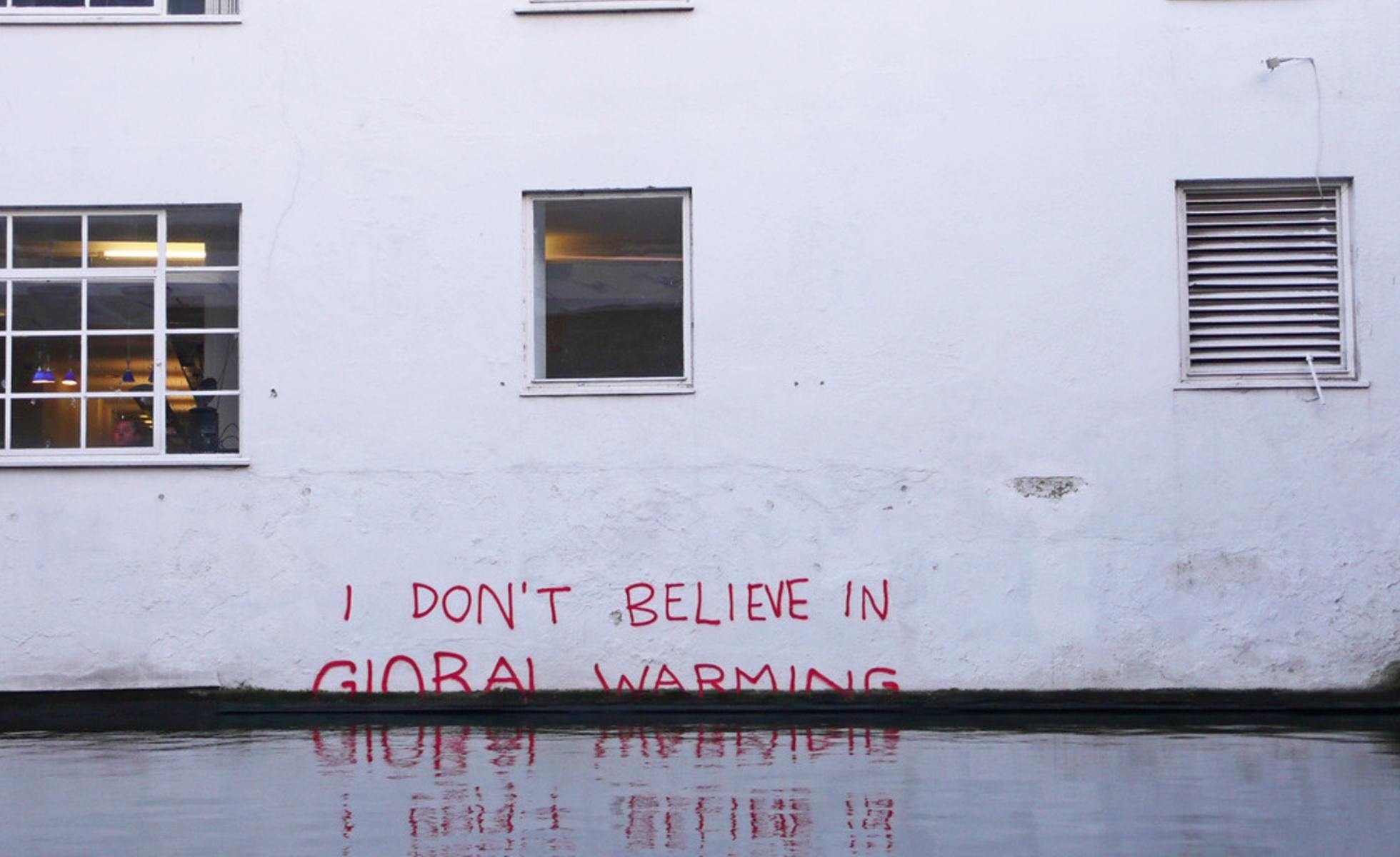“What is common to the greatest number, gets the least amount of care”, is an accurate statement made by Aristotle. In the context of our environmental resources as well, this statement often holds true. There are many natural resources on our planet which are not owned by any nation. These resources are part of what is called the global commons.
These are resources that no state can claim jurisdiction over. The international law recognises the high seas, the atmosphere, outer space and Antarctica as the four global commons. In recent times, the cyberspace has also been identified as part of the global commons.
The global commons are meant to be jointly used and managed by the global community. Ironically, the tragedy of the commons is that every individual has the privilege to consume certain finite resources at the expense of the consumption of other individuals. However, if we follow the principle of atomism, where every individual is expected to be self interested, people will act in a way which suits their best interest and needs, which can lead to over consumption of limited resources, hence disturbing the entire equilibrium of the environment.
In the context of rising climate threats and depletion of resources, it is important to investigate the use and preservation of the global commons.

Origin of the concept
The concept of the global commons was first elaborated in a pamphlet by economist William Forster Lloyd in 1833, while discussing the issue of over grazing of cattle in the common areas of villages. More than 100 years later, ecologist Garrett Hardin revived the concept to discuss the complications of overpopulation with exhaustible and limited resources.
Hardin argues that individuals tend to keep their self interest on priority as compared to the common good, which interrupts proportionate and equal consumption for all, resulting in overgrazing, overfishing, overpopulation, pollution and many other social and environmental problems. Environmental writer and researcher John Feeney argues that “the crumbling environment racked by the climate change, mass distinction, deforestation is the clear evidence of the fact that consumption has gone too far”.
People who have access to resources often consume more than required without taking into account the long term negative effects it has on the collective well being of the society. In the process, not only do the marginalised sections of the society become deprived of essentials, but this also leads to a collective delpetion of resources which are meant to be shared and used by everyone
Thomas Malthus, an english economist, in his essay ‘The principle of population’ made a point by arguing that population has grown geometrically, whereas food production has grown arithmetically. He concluded that more people will be left with less amount of food if this pattern continues, as a result of which famines would be a common place, culminating in political and social unrest.
However, his predictions proved partially wrong, as he assumed that the existing trends will continue in the future. Though the population grew at a faster rate, due to revolution in the farming techniques, food was produced at a faster rate. Despite, the global population began to increase in the 1950s, once again bringing to surface the Malthusian concern of resource depletion due to over consumption.
Also read: Climate Change: We Need To Stop Putting All The Blame On Population Growth

The problem with too many people and too few resources
People who have access to resources often consume more than required without taking into account the long term negative effects it has on the collective well being of the society. In the process, not only do the marginalised sections of the society become deprived of essentials, but this also leads to a collective delpetion of resources which are meant to be shared and used by everyone.
If we take an example of a common fishpond in a village, a particular fisherman might be motivated to monopolise the fishes for his survival and sustenance. As a result, any decline in the fish reproduction will affect the entire village, which will motivate other villagers and fisherman to hoard as many fishes as they can, keeping themselves on priority and in their best interest. This will ultimately result in no fishes in the pond; thereby disturbing the balance of the food availability system.
The question of who gets access to the fish, and who gets to control its movement is also one of privilege, power and social capital. In the context of the global commons, the more powerful and developed countries will have more bargaining capacity to manage amd monopolise these resources, thereby creating a power and supply imbalance for the rest of the world.
The conversation about resource conservation must also reflect systemic flaws and power equations that facilitate indiscriminate concentration of economic and social power within certain sections of the population. We must first ensure equitable distribution and access to resources and introduce ways to holistically tackle the problem of population growth as well as environmental sustainability

In 1968, a group of scientists convened in Rome, to deliberate on the concern of population growth and limited resources. The main purpose of the so called ‘club of Rome’ was to understand the present and future predicament or difficulties for us, stemming from the patterns of overconsumption.
The debate resulted in a study entitled ‘Limits to growth’, which to some degree presented the same arguments as put forward by Thomas Malthus. The basic conclusion was that the world follows the concept of ‘global finiteness’ where resources are exhaustible and limited and hence, cannot support an unlimited population.
The United Nations’ post 2015 Development Agenda notes thus in its resport – ‘The international community acknowledges the need to conserve these resource domains for development and human well-being, and has adopted a number of conventions and treaties to govern global commons. They include the United Nations Convention on the Law of the Sea (UNCLOS) of 1982 and instruments governed by the International Maritime Organization and UNEP’s Regional Seas Conventions to govern the high seas; the Antarctic Treaty System (ATS) ensuring the protection of the Antarctica fauna and flora; a multitude of international environmental treaties that administer and protect the atmosphere and deal with the air pollution and atmospheric depletion, like the UNFCCC and the Montreal Protocol on Substances that Deplete the Ozone Layer; and the Treaty on Principles governing the Activities of States in the Exploration and Use of Outer Space.’
In order to make the necessary global efforts to curb the limits of the tragedy of the global commons, we must address the problem on priority at the national as well as personal levels. In the context of a country like India with huge disparities in the distribution of resources, it is not desirable to put the onus solely on individuals without addressing caste, class and gender based oppression.
Also read: Population Control And Its Prejudices Against Marginalised Bodies
The conversation about resource conservation must also reflect systemic flaws and power equations that facilitate indiscriminate concentration of economic and social power within certain sections of the population. We must first ensure equitable distribution and access to resources and introduce ways to holistically tackle the problem of population growth as well as environmental sustainability.
References:
International Relations: Perspectives And Controversies, Keith. L. Shimko
Featured Image: Medium
About the author(s)
Ishita is a student of Political Science (Honors) at Kamla Nehru college, Delhi University. In the world of patriarchy, she is not someone who is afraid to voice out her beliefs and speak up for them. Though mostly cheerful and friendly she is very particular about her deadlines and perfection in her chores






